#Lu Yuxiao
Text



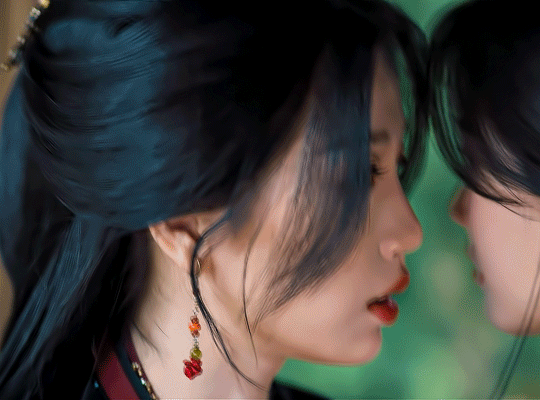
Thank you, jiejie.
#my journey to you#cdramaedit#yun zhi yu#云之羽#asiandramaedit#cdramasource#yu shuxin#lu yuxiao#esther yu#userxlh#userhoshii#yzyedit#prangon gifs#girls please! make out
1K notes
·
View notes
Text




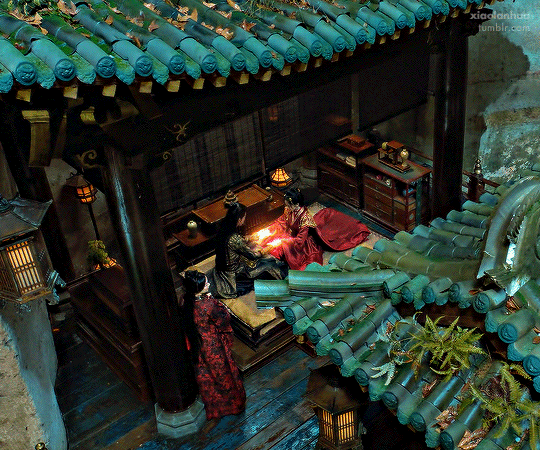

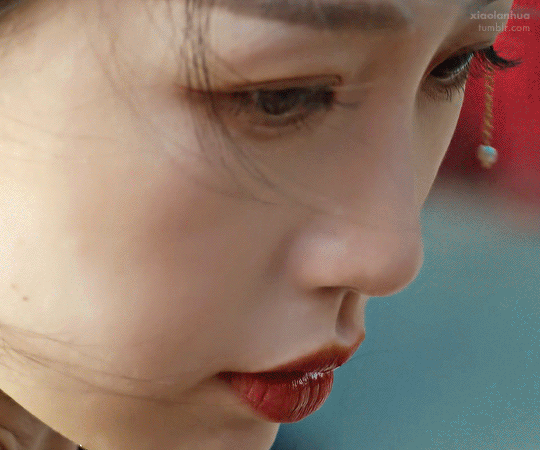

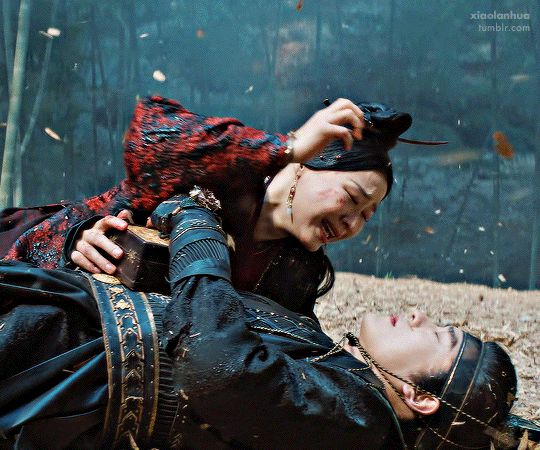

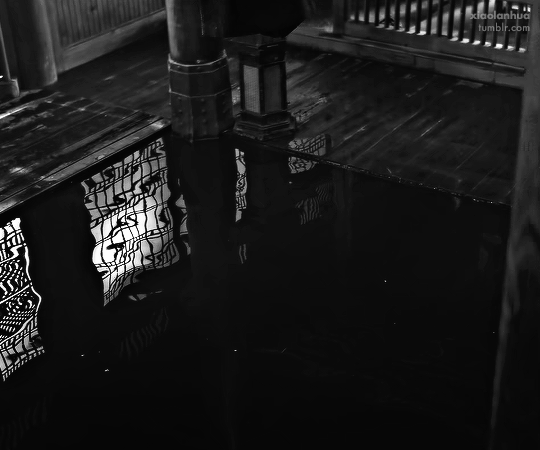
My Journey to You 云之羽 (2023)
Dir. Guo Jing Ming – Episode 22
#my journey to you#esther yu#yu shuxin#lu yuxiao#tian jiarui#zhang linghe#zhang ling he#cdrama#cdramaedit#userdramas#asiandramanet#asiandramasource#cdramasource#dramasource#my gifs#*#period drama#perioddramaedit#perioddramasource
452 notes
·
View notes
Text
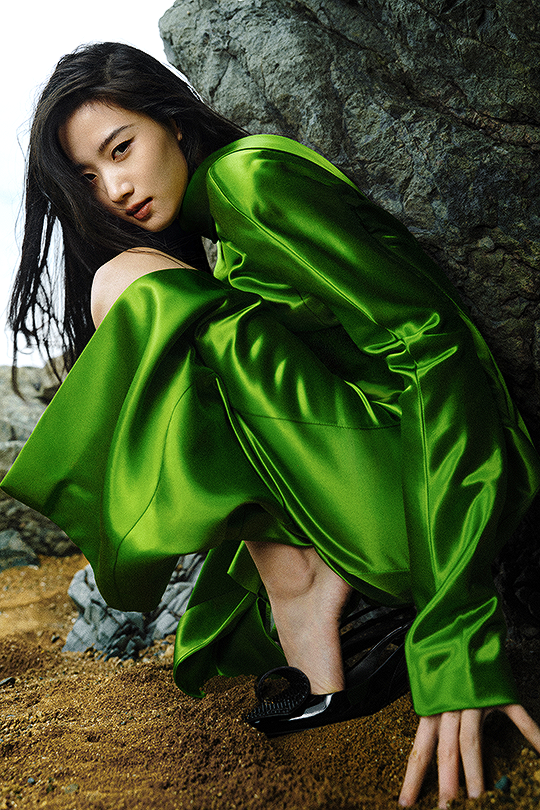

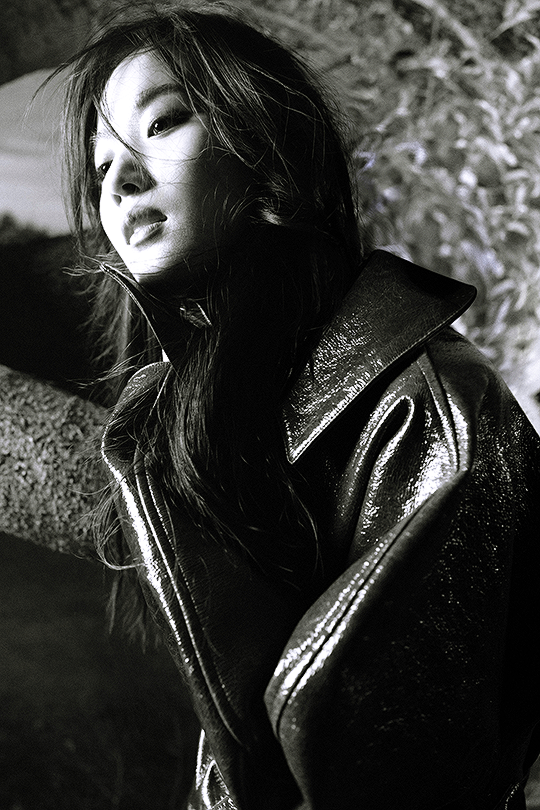
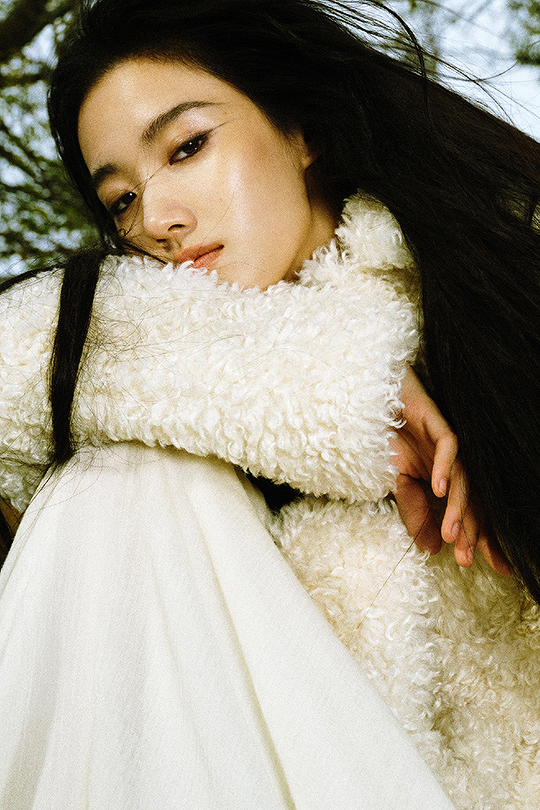

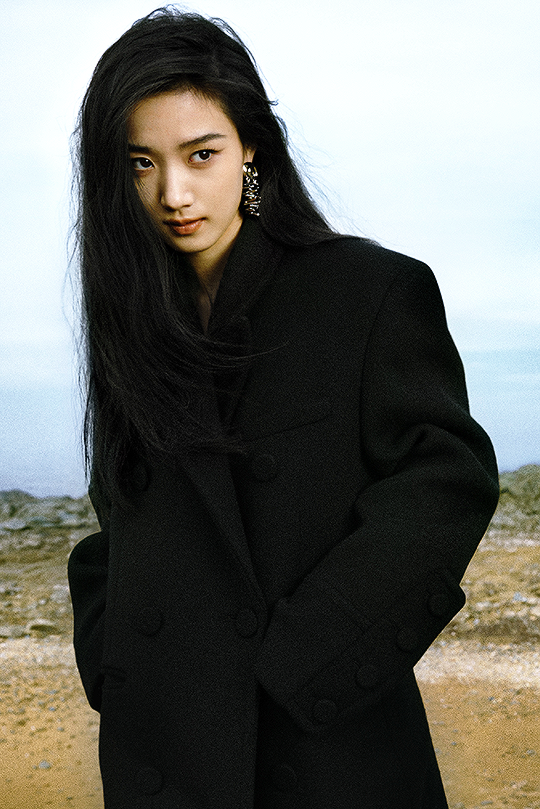

Lu Yuxiao for V Magazine, Jan. 2024
#lu yuxiao#nature#fashion#aesthetic#cdramaedit#wocedit#thequeensofbeauty#femaledaily#userladiesblr#glamoroussource#dailywomen#pocedit#userbbelcher#chewieblog#flawlessbeautyqueens#woc#dailywoc#breathtakingqueens#ladiesofcinema#photoshoot#tvactorsdaily#userwocs#luni#+#*e
186 notes
·
View notes
Text
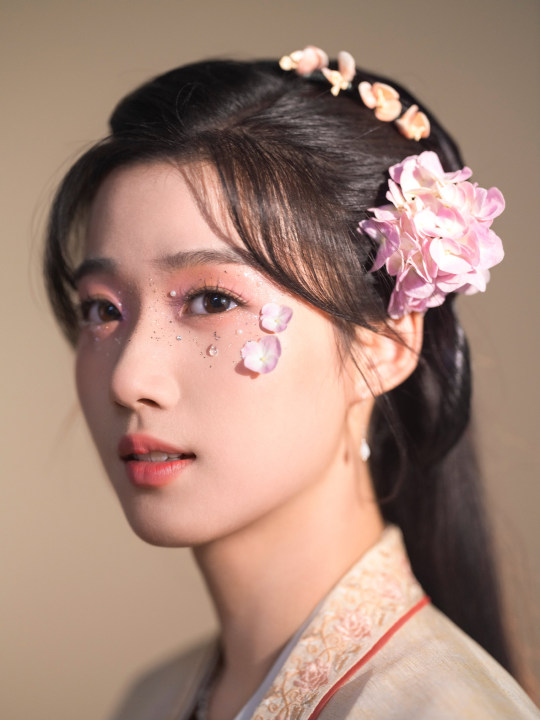
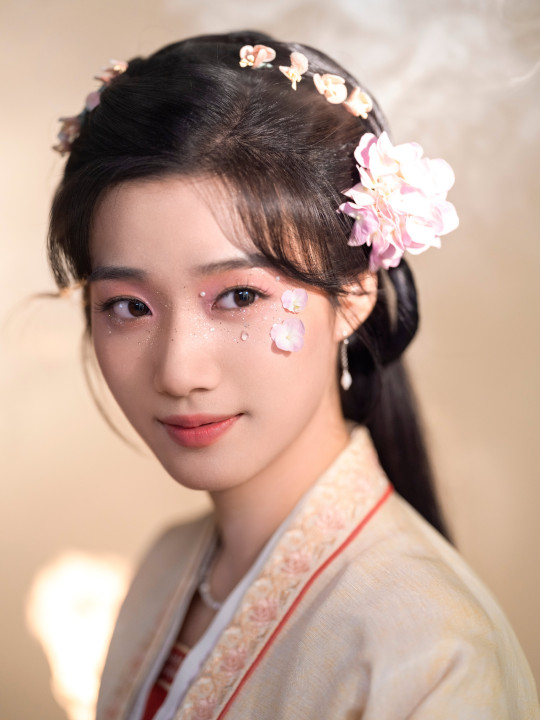

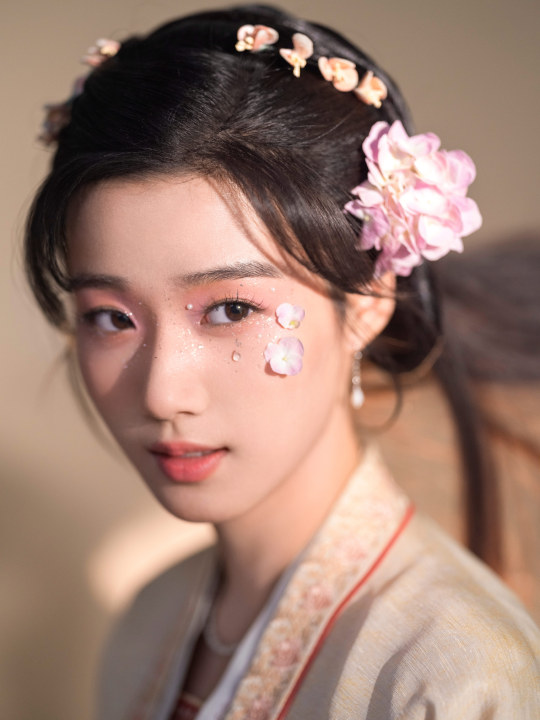

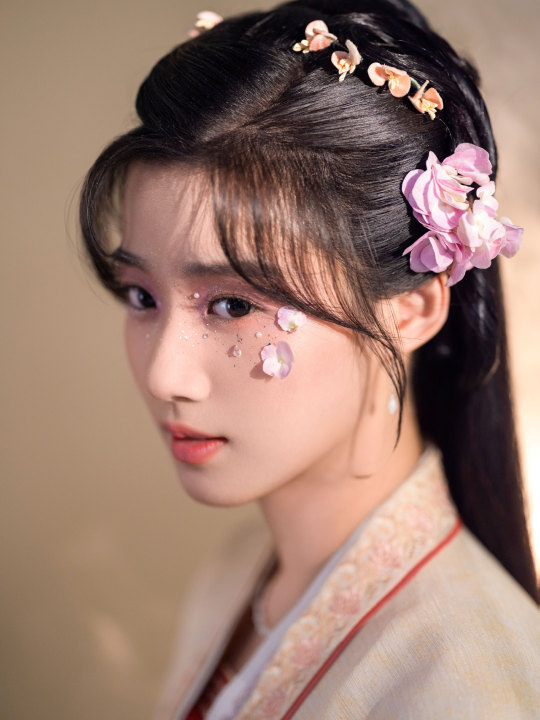
LU YUXIAO 卢昱晓 for Blossoms in Adversity | drama poster shoot
Lu Yuxiao: more photos here
hanfu photoshoot: more photos here
drama poster shoot: more photos here
#lu yuxiao#卢昱晓#chinese actress#chinese fashion#fashion#cnladies#hanfu#hanfu photoshoot#chinese hanfu#hanfu girl#hanfu fashion#spring photoshoot#flowers#drama poster shoot#blossoms in adversity
116 notes
·
View notes
Text





LU YU XIAO as SHANGGUAN QIAN
MY JOURNEY TO YOU (2023)
#my journey to you#lu yuxiao#asiandramanet#userdramas#cdramedit#tuserashinlae#lextag#seamayweed#roserayne#samblr#swiftletinthecloud#baek1nho#userginpotts#*#by natalie
65 notes
·
View notes
Text






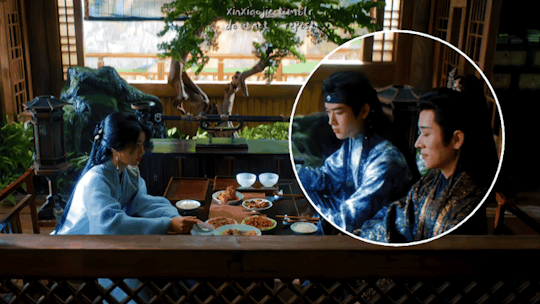
Yuanzhi didi 🥺
Bonus:
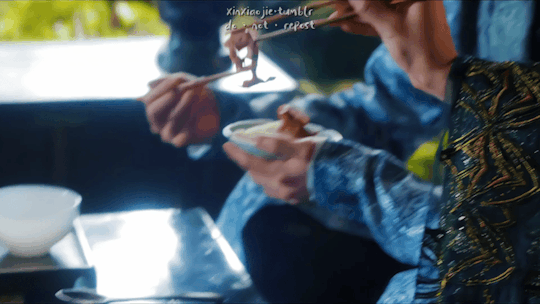
#云之羽#yun zhi yu#my journey to you#cdramasource#dailyasiandramas#asiandramasource#dramasource#chineseartistsinc#cdramanet#chinesemedia#cdramaedit#cdramagifs#chinese drama#cdrama#caps#ep6#gong yuanzhi#tian jiarui#shangguan qian#lu yuxiao#gong shangjue#cheng lei#top 10 things lost in translation but no problem i give you subs that makes sense#YUANZHI DIDI 🥺🥺💖💖💖💖 ahahahaha the look of betrayal in the last gif as he turns to his gege#didi posted bts today of qianqian giving flowers to gege and then gege gave the flowers to him 😂 绿茶弟弟好可爱哈哈哈哈#my theory is that shangjue gege looks harsh but is actually a cinnamon roll. a softie on the inside#i mean look at the mischievous eyeroll!!!!!!! i think cares about both of his didi(s) dearly
348 notes
·
View notes
Text



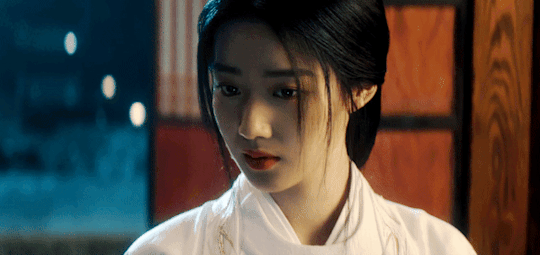
"Do you know me well?" | My Journey to You | Gong Shang Jue X Shangguan Qian
#my journey to you#云之羽#yun zhi yu#cheng lei#lu yuxiao#oh she will#she will definitely get to know you MORE than well#just make babies already#everytime they look at each other it's like... GET A ROOM
211 notes
·
View notes
Text


LU YUXIAO as JIN LUO
Love You Seven Times
七时吉祥, episode 38, 2023.
#love you seven times#lu yuxiao#cdramasource#dailyasiandramas#asiandramasource#cdramaedit#perioddramaedit#filmtvtoday#dramasource#pocfiction#lextag#tusermona#userjap#userstorge#userxlh#udeokmis#useryd#samblr#*_mine_*#asian dramas#cdrama#chinese dramas
122 notes
·
View notes
Text

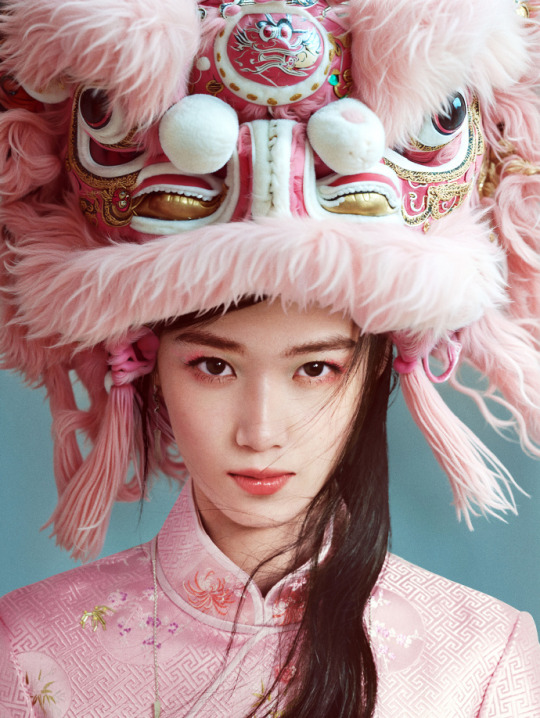


Lu Yuxiao's Chinese New Year photoshoot
84 notes
·
View notes
Text



Lu Yu Xiao as Shangguan Qian
E19 : My Journey to You | 云之羽 (2023) dir.Edward Guo
#my journey to you#lu yu xiao#云之羽#cdrama#cdramaedit#cdramasource#lu yuxiao#userdramas#dailyasiandramas#asiandramasource#gifs#lextag#samblr#tuserjade#roserayne#userxlh#swiftletinthecloud#usergooseras#*tkdgifs#*mine#mjty
173 notes
·
View notes
Text

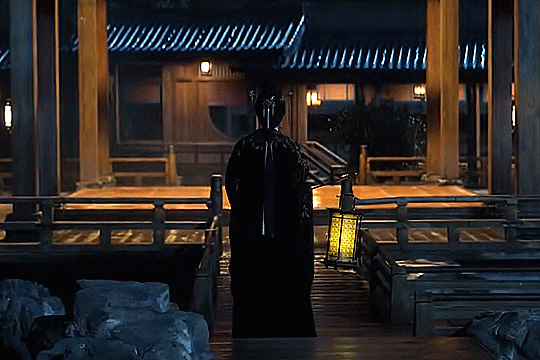
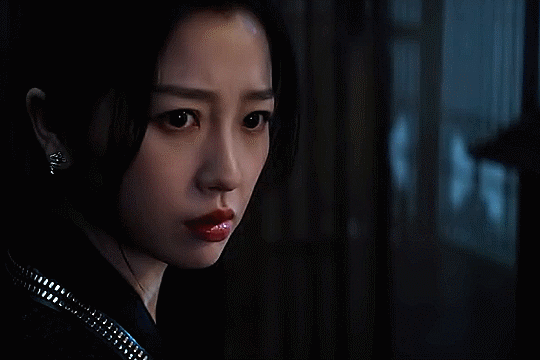



my journey to you | ep 8
#my journey to you#云之羽#cdrama#yun weishan#shangguan qian#gong shangjue#aesthetic#yu shuxin#lu yuxiao#cheng lei#my edit#long post
119 notes
·
View notes
Text

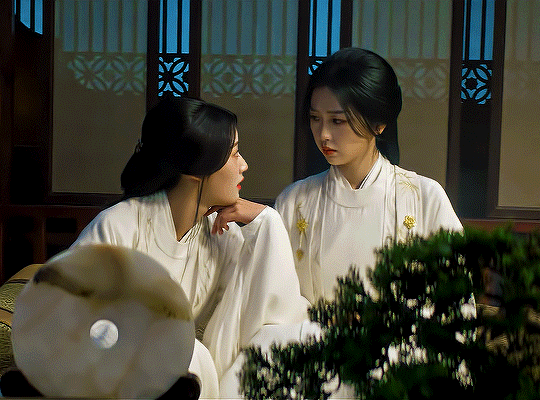

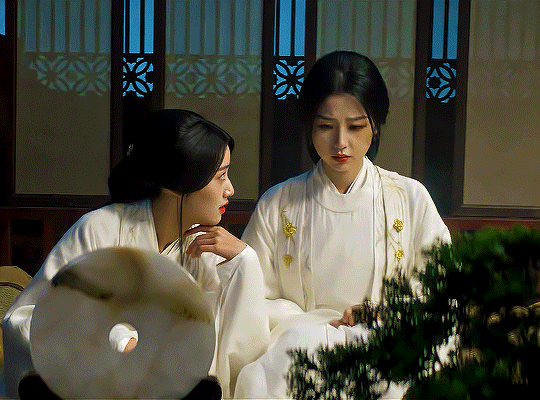
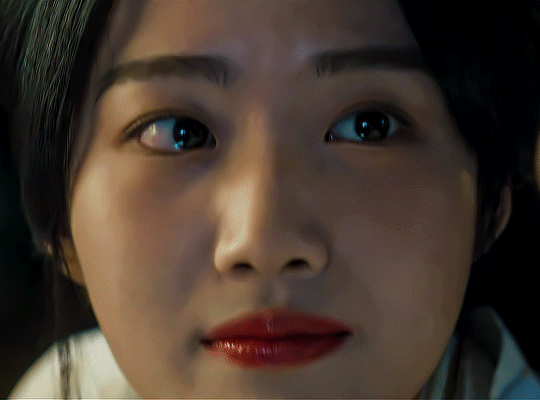
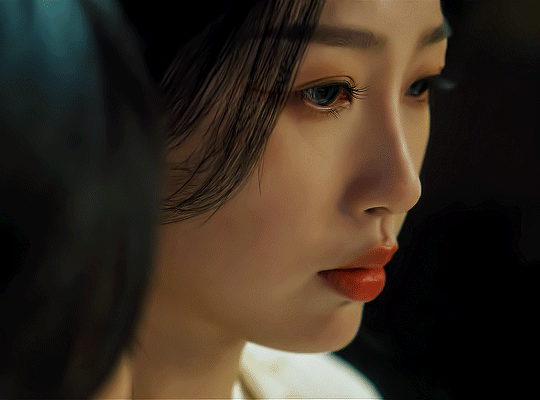
Do you know why he chose me?
#my journey to you#cdramaedit#云之羽#yun zhi yu#cdramasource#asiandramaedit#dailyasiandramas#userxlh#userhoshii#yzyedit#yu shuxin#lu yuxiao#esther yu#prangon gifs#girl the flirting!
423 notes
·
View notes
Text






LU YUXIAO
Chinese New Year Photoshoot
#lu yuxiao#cdramaedit#chinese new year#chinese actress#cactress#my edit#*#userdramas#asiandramanet#flawlessbeautyqueens#flawlesscelebs#thequeensofbeauty#ladiesofcinema#userladiesblr
354 notes
·
View notes
Text







Lu Yuxiao for OK! China, Nov. 2023
#lu yuxiao#ladiesofcinema#cdramaedit#editorial#fashion photography#wocedit#thequeensofbeauty#femaledaily#userladiesblr#glamoroussource#dailywomen#pocedit#userbbelcher#chewieblog#aesthetic#flawlessbeautyqueens#dailywoc#breathtakingqueens#photoshoot#tvactorsdaily#userwocs#luni#+#*e
266 notes
·
View notes
Text
Visual Analysis of the Slow Burn: My Journey to You, Story of Kunning Palace
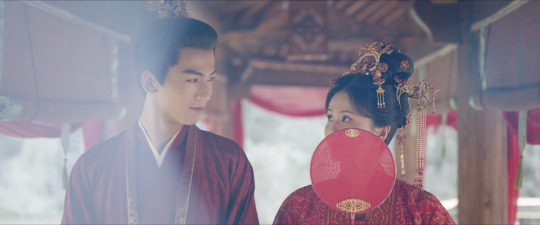
How do you film a slow-burn romance?
One of the challenges of filming slow-burn romances is that creators have to figure out how to slowly build tension and intimacy between two characters without testing the audience's patience. We have to feel a couple’s chemistry and growing feelings for one another even if it takes a long time for them to get together.
And here's where cinematography and visual parallelism can be a helpful tool. Visual parallelism is when we link two or more characters, events, storylines, etc. through a shared image. When we see repeated imagery, our brains connect those moments and give them more meaning than if we had looked at them in isolation. Because of this, visual parallelism can help complicate our understanding of characters and the world around them without having to spell out those nuances in the script.
In slow-burn romances, visual parallelism can be used to:
Connect characters who, on the surface, appear incompatible or unattracted to one another;
Signal major moments of change in a show's romantic storyline;
Compare and contrast a new relationship with a character’s past relationships;
And much more!
I think two dramas that use this technique in interesting ways are My Journey to You and Story of Kunning Palace.
My Journey to You
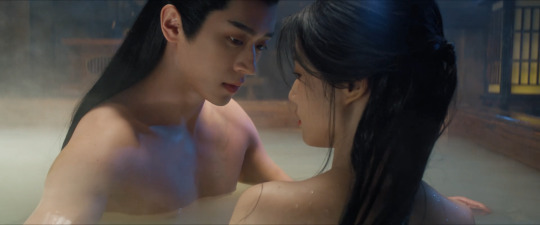
Before we jump into that scene, let’s talk about some of the visual techniques My Journey to You (MJTY) uses to establish the enemies-to-lovers relationship of its secondary couple, Gong Shangjue and Shangguan Qian.
Something I immediately noticed about MJTY is that the show loves using certain camera angles and blocking patterns (or how actors are positioned in relation to one another) to define characters’ personalities and their relationships. This repeated imagery is an example of visual parallelism, and in the case of Shangjue and Qian, the show then uses breaks in that parallelism to communicate the subtle changes in their relationship over time. Through this technique, we see their growing feelings for each other even if we don’t hear the characters express those feelings with words.
For example, at the beginning of the show, Shangjue is usually shot from a low angle while Qian is usually shot from a high angle, and the repetition of that camera language reflects the characters' constant game of cat and mouse.




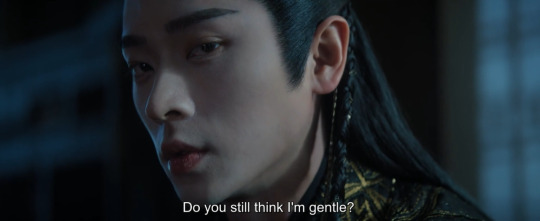

In cinematography, low-angle and high-angle shots are often paired to visually enhance the power imbalance between characters. Low-angle shots make the subject look more powerful and threatening while high-angle shots make the subject look weaker and more vulnerable.
Qian, who is an assassin, has infiltrated Shangjue’s clan, and he is immediately suspicious of her identity and allegiances. He is cold and intimidating towards her, and she does everything in her power not to get caught. But because she is particularly good at reading and manipulating him, Shangjue soon finds himself intrigued by her. He might be filmed looming over her like he has more power in the situation, but her weakness is an act. We know this because we can see how Qian isn’t filmed with such high angles when interacting with characters who know her true identity and nature like Yun Weishan or Gong Yuanzhi. She is pretending to be subservient and delicate to seduce Shangjue specifically.


Side Note: One of my FAVORITE moments in MJTY is Shangjue and Qian’s “do you still think I’m gentle?” scene in Episode 12. Not only is the writing and acting electric, but the camera’s subtle shift in angles pinpoints the moment Shangjue begins to feel sexually attracted to Qian. When she gently blows on his fingers, the camera quickly pans to an eye-level shot and we see Shangjue clench his jaw. After that, the camera uses less extreme angles to film his conversation with her—his moment of desire and her strategic thinking equalized their power imbalance.

Which brings us to the famous bath scene in Episode 17.
Whenever they share a scene, Shangjue is usually positioned at a higher level and facing forward in a thronal position while Qian is at his side, looking up at him obsequiously. The lack of visual alignment in their actor blocking represents how the characters can’t be completely vulnerable or honest with each other while the dominant/submissive pose plays up the sexual tension of their interactions.
So we know that the bath scene represents a critical turning point in their relationship because of the break in parallelism:

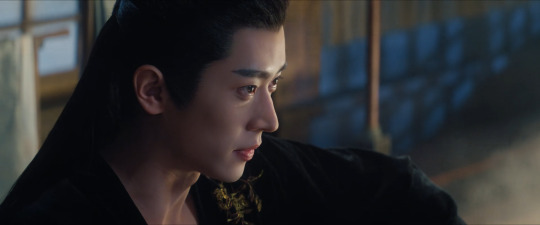


Not only are they sitting at the same level while facing each other, the camera is set at a much more neutral over-the-shoulder and eye-level angle. Over-the-shoulder and eye-level shots are often used to bring intimacy to a scene and that camera language reinforces the actors’ relaxed physical acting and flirtatious dialogue. The two characters are sharing a moment of honest pleasure and have temporarily let their guards down, which is why Qian decides to take the opportunity to share her true intentions for wanting to marry into his family. It’s probably the most truthful and revealing conversation she has had with Shangjue up until this point and creates complications for each others' plans.

One of the lingering questions many MJTY viewers have about Shangjue and Qian’s relationship is whether or not Qian developed real feelings for him in the end. While the script could have done a better job of developing her character’s arc at the textual level, I think the show’s thoughtful use of visual parallelism gives us the answer.
Not only does their final scene together subvert the camera language and actor blocking we talked about, but it also parallels an earlier scene where we can be reasonably sure of Qian’s honesty: the torture scene. And it’s the juxtaposition of what is shown versus what is said that gives us what I’d consider a satisfyingly bittersweet conclusion to their love story.
Story of Kunning Palace

Unlike MJTY, which uses visual parallelism to show changes in the secondary couple’s relationship, Story of Kunning Palace (SOKP) uses this technique to represent the undeniable compatibility of its main couple, Jiang Xuening and Xie Wei.
Given the popularity of the show's second and third male leads, many viewers have expressed confusion as to if and when Xie Wei truly emerges as the rightful male lead. Even as a slow-burn romance, SOKP is slow slow.
And yet when we take a step back and look at the show’s visual storytelling, particularly its use of symbolism and parallelism, we not only see why these two characters complement each other but how they find healing in their (admittedly messy and toxic) love. At its core, SOKP is a story about two traumatized and self-loathing people finding "the one" who still sees them as worthy despite all their flaws. Ning-er and Xie Wei are like two jagged pieces of a broken mirror reflecting one another’s sins and virtues, and the show constantly reminds us of that deep connection with how it juxtaposes the two characters on screen. (Just look at that split screen above--they literally complete each other.)
We see this connection from the moment Ning-er and Xie Wei are introduced in Episode 1:


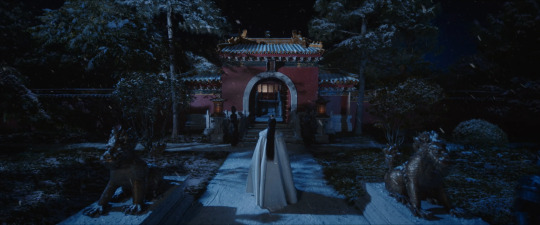

The composition and camera movement directly mirror each other.
When we see parallelism in the portrayal of two characters, we should stop and think about the similarities and differences between them. Both Ning-er and Xie Wei share the trauma of having grown up alienated from their birth families, and the pain of what they experienced drives their ruthless desire for revenge and power. During the show’s first timeline, Ning-er violates her innate sense of goodness while Xie Wei hides his true self.
Side Note: SOKP also reminds us of this connection with its consistent use of a fire motif. Throughout the show, we often see Ning-er and Xie Wei surrounded by candles, furnaces, fires, etc., and this symbolism comes to a head in Episode 34 when Xie Wei desperately argues that they belong together because they've both been forged by the fire of their upbringing.

And yet at the same time, as noted by several characters, they are both incredibly loyal people, sacrificing themselves to change the fate of the people they care for.
Both Ning-er and Xie Wei overlook these redeeming qualities about themselves, but they “see” them in the other, which the show demonstrates through the visual parallelism of their gazes.

In Episode 14, Ning-er asks Xie Wei:
Jiang Xuening: Between my past self and present self, who do you think is better?
Xie Wei: Be it the past or the present, it is all you. You're the one and only Miss Ning'er. Besides, the present exists because of the past. Just face it as is. But if we have to make it clear, I think if the present Ning'er knows what she wants, she will be well. And she'll be even better in the future.
In a previous analysis of Episode 14, I've noted how "Ning-er's character arc isn't just about becoming a better person but also about recognizing that she has always had goodness in her and that goodness makes her life worth just as much as someone like Zhang Zhe....Despite being brash and cunning, Ning-er is also tenacious, brave, and even kind (all of which Xie Wei recognized when they first met years ago). She is an 'unrefined jade', someone who can choose a more righteous path than the one she started on. And he sees her. He truly sees her."
So across the show's multiple timelines, the camera will linger on Xie Wei's tender gaze toward Ning-er. In this case, the parallelism of such a distinctive shot communicates something that Ning-er doesn't realize: Xie Wei sees and loves sides of her that she is unable to accept about herself.
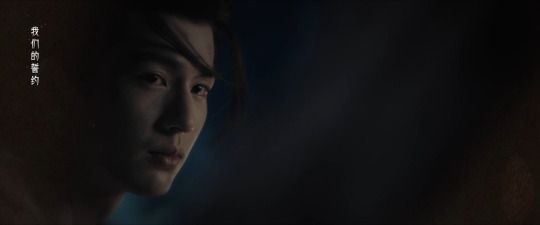

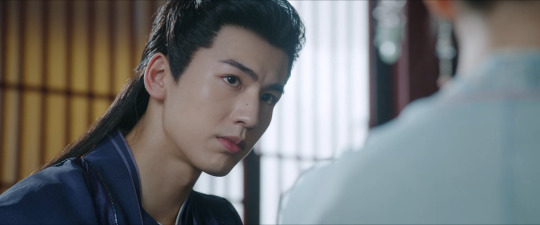
She eventually starts seeing him too.
During the first timeline, Ning-er sees Xie Wei as a threat and warily engages him only out of desperation. But despite her fear, Ning-er also recognizes his true qualities enough that by the second timeline, she implicitly trusts him to help her carry out her own goals. She unlearns her assumptions about him and pushes him to find meaning in life beyond his self-destructive need for revenge.

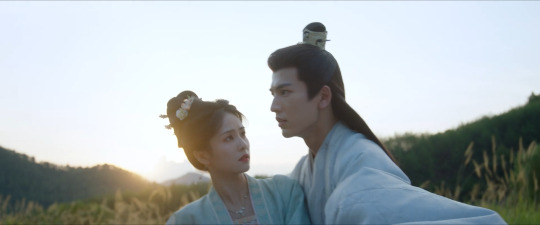

So it's fitting then that during their private wedding, Ning-er and Xie Wei are shown gazing at each other, fully aware of and accepting of their true natures:
Jiang Xuening: “I’ve seen your light and your darkness, your vulnerability, and your madness. I know everything about you that is known or unknown to others. I might even say that I know you better than you do.”
They've fully entrusted themselves with one another.
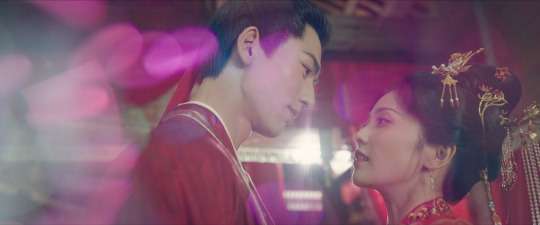
#my journey to you#云之羽#story of kunning palace#宁安如梦#cdrama#meta#cinematography#zhang ling he#bai lu#cheng lei#lu yuxiao
81 notes
·
View notes
Text






LU YUXIAO 卢昱晓 | Chinese New Year 2024
Lu Yuxiao: more photos here
Chinese New Year 2024: more photos here
qipao/cheongsam photoshoot: more photos here
#lu yuxiao#卢昱晓#chinese actress#chinese fashion#fashion#chinese new year#2024 Chinese New Year#2024 CNY#year of the dragon#cnladies#qipao#qipao photoshoot#cheongsam#cheongsam photoshoot#qipao/cheongsam#pink qipao#pink cheongsam
67 notes
·
View notes